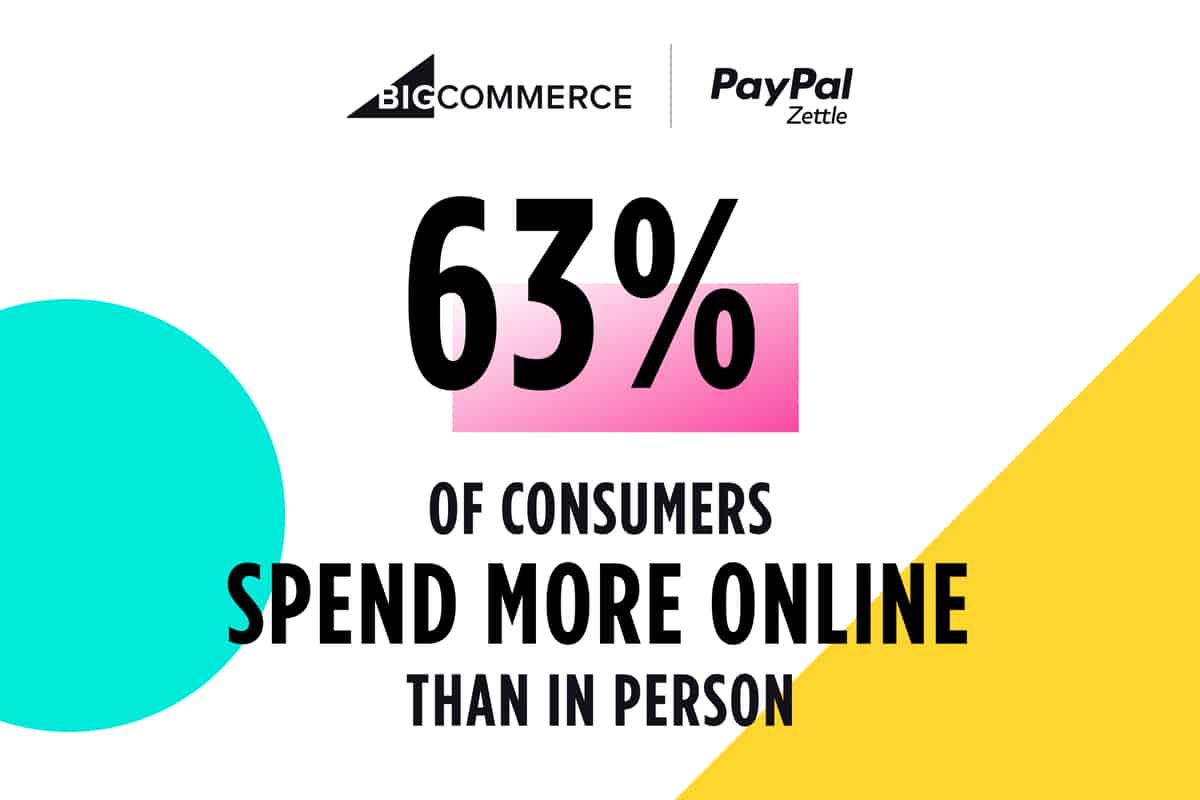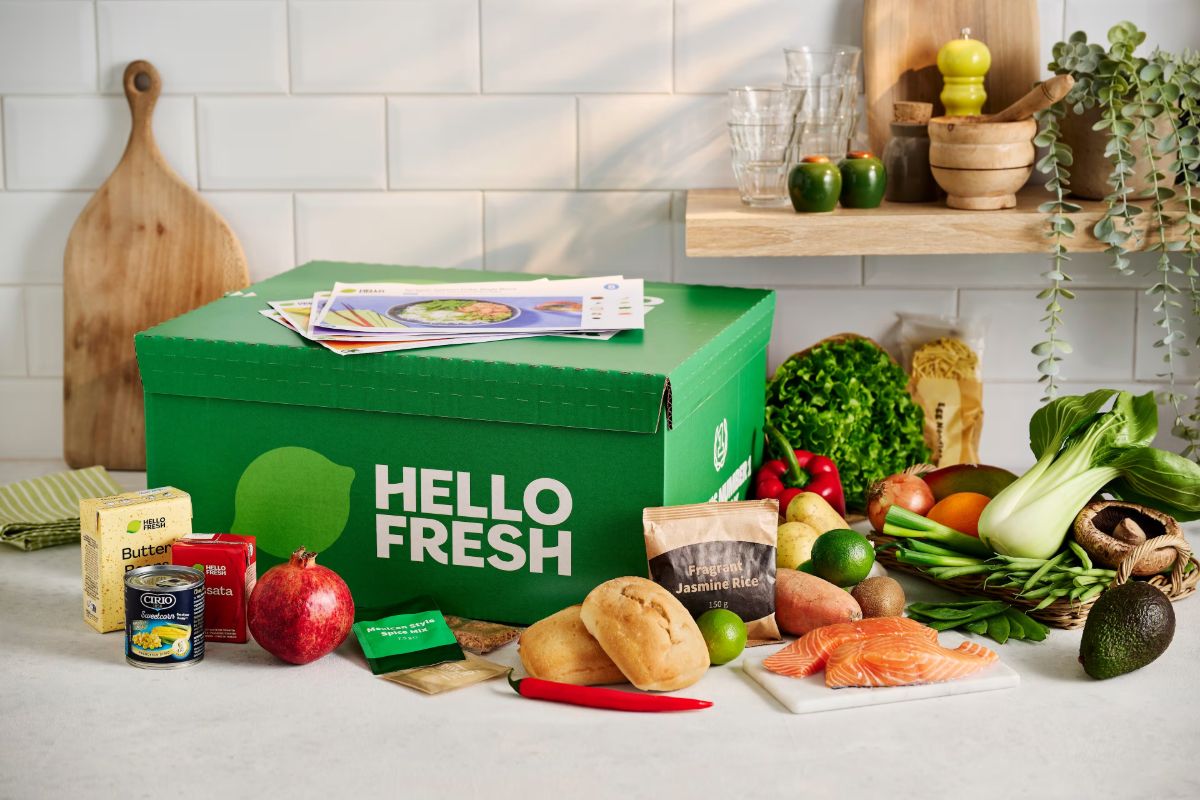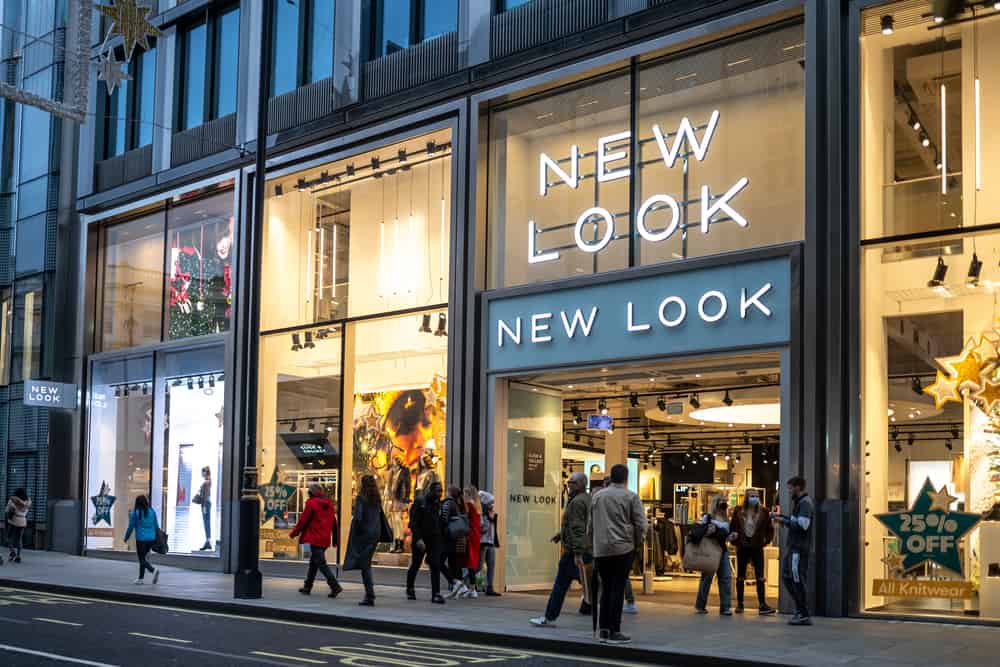The pandemic has massively changed the way consumers around the globe shop, including driving them online and accelerating digital wallet usage. For retailers, this shift has created opportunities for innovation: new channels, new fulfilment strategies and payment solutions.
We recently made a survey to help retailers better understand how consumer spending has evolved in 2021. Here is an overview of the data we found and how you could integrate these insights for a successful ecommerce strategy in 2022.
Where have consumers been spending their money?
With little surprise since COVID-19 happened, 69.6% of the UK based respondents report spending less in person and more online while 19.6% state they are spending about the same in person and more online.
In terms of product discovery, close to half (54.8%) of those surveyed reported finding new products on social media at least once a month. But only 10% purchase something directly from their feed while 40.5% go to the retailer’s website, 42% search for it on a marketplace and 7.4% find it in person.
They’re also relying heavily on their mobile devices to make purchases. In fact, 66.7% of respondents make a purchase on their mobile device at least once a month while 17.9% make a purchase on their mobile device more than once a week.
What do in 2022? You can’t overinvest in a single channel any more. If you haven’t yet, it’s time to take on an omnichannel approach focusing on cohesive sales, marketing, operations and fulfilment mix. In 2022, you also need to focus on mobile commerce (mcommerce) and think about your ecommerce strategy with a mobile-first approach in mind.
How do consumers feel about shopping online versus in-person?
Even though the majority of consumers surveyed have made an online purchase (95.2%) since March 2020, a slight majority of 36.1% in the UK prefer in-person shopping and 21.9% think in-person shopping is better than online shopping. But 29.9% admit the benefits of online shopping outweigh the trade-offs.
When asked what retailers can do to encourage shopping, one theme that emerged was “easy pickup or delivery options” and respondents commented “Free shipping or option to pick up conveniently” or “Local pick up” for instance.
What to do in 2022? Invest in hybrid commerce and connect in-person and online experiences. You can offer to your customers buy online, pick up in-store (BOPIS) — also called click and collect — for order fulfilment. When coupled with curbside pickup, BOPIS provides a safe way to shop by optimising customers’ time spent in-store.
How are consumers paying for their purchases?
Before March 2020, 38% of the UK respondents used to prefer digital wallets as a payment method online and they are now 45.8%.
Same observation in-store as 22,8% of all the respondents and 37.8% of the UK ones choose digital wallet as their preferred payment method. A bigger shift since they used to be 12.1% globally and 22.9% in the UK to think so before the start of the COVID.
What to do in 2022? As digital wallet usage expands in popularity for both online and in-person shopping, they’re no longer a nice-to-have option; they’re a must-have.
Conclusion
With ecommerce on an upward trajectory and continuing to grow, consumer trends and shopping habits are constantly evolving. Will consumers continue with the same behaviours and preferences they’ve picked up since March 2020? While consumer spending trends may change, the key to success is to remain agile and adaptable.
Download the full report to access more data, takeaways and advice.






